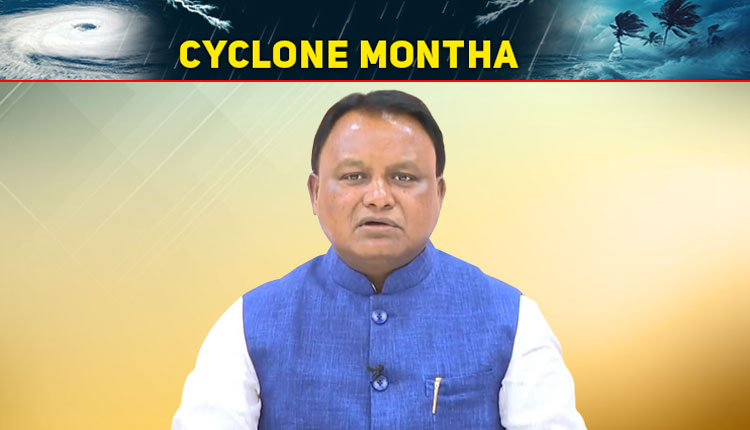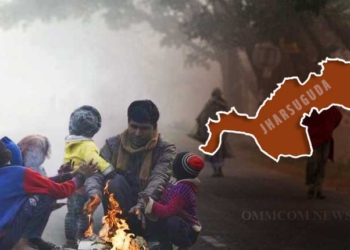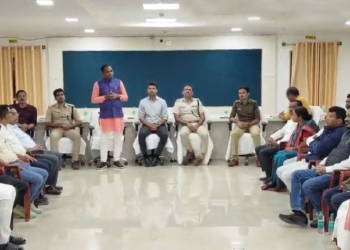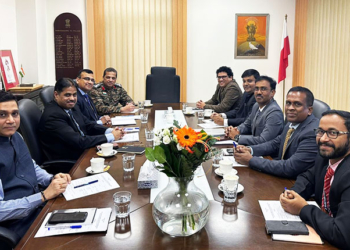Bhubaneswar: Odisha Chief Minister Mohan Charan Majhi has convened an emergency meeting on Tuesday (October 28) to review the state’s preparedness in view of Cyclone Montha, which is expected to bring heavy to extremely heavy rainfall across several districts of the state.
“Cyclone Montha is likely to make landfall near Kakinada in Andhra Pradesh. However, several districts in Odisha may witness extremely heavy rainfall from October 28 to 30 due to the impact of the cyclone. I have called an emergency meeting on Tuesday to review the situation. Earlier, the state government had conducted two review meetings on the impending cyclone. Our priority is to maintain zero casualty,” said the Chief Minister, who was in Mumbai on Monday to attend the India Maritime Week 2025.
According to the India Meteorological Department (IMD), Cyclone Montha is likely to move towards the Andhra Pradesh coast and make landfall between Machilipatnam and Kalingapatnam, around Kakinada, during the evening or night of October 28. At landfall, the system is expected to pack maximum sustained winds of 90–100 kmph, gusting up to 110 kmph.
The cyclone is forecast to cause heavy to very heavy rainfall accompanied by strong winds in several parts of Odisha from October 27 to 30.
The IMD has issued a Red Warning for Gajapati, Ganjam, Rayagada, Malkangiri, Koraput, Nabarangpur, and Kalahandi, which are likely to experience extremely heavy rain between October 28 and 30.
An Orange Warning has been issued for Kandhamal, Nayagarh, Khurda, Puri, Boudh, Sonepur, Bolangir, Nuapada, Bargarh, and Sambalpur, where heavy to very heavy rainfall is expected during the same period.
Meanwhile, districts such as Jagatsinghpur, Cuttack, Kendrapara, Jajpur, Bhadrak, Balasore, Mayurbhanj, Keonjhar, Dhenkanal, Angul, Deogarh, Sundargarh, and Jharsuguda have been placed under a Yellow Warning, with forecasts of moderate to heavy rain till October 30.
All departments have been instructed to remain on alert and ensure timely evacuation, uninterrupted communication, and coordination between district administrations and state-level control rooms to minimize damage and loss of life.
















